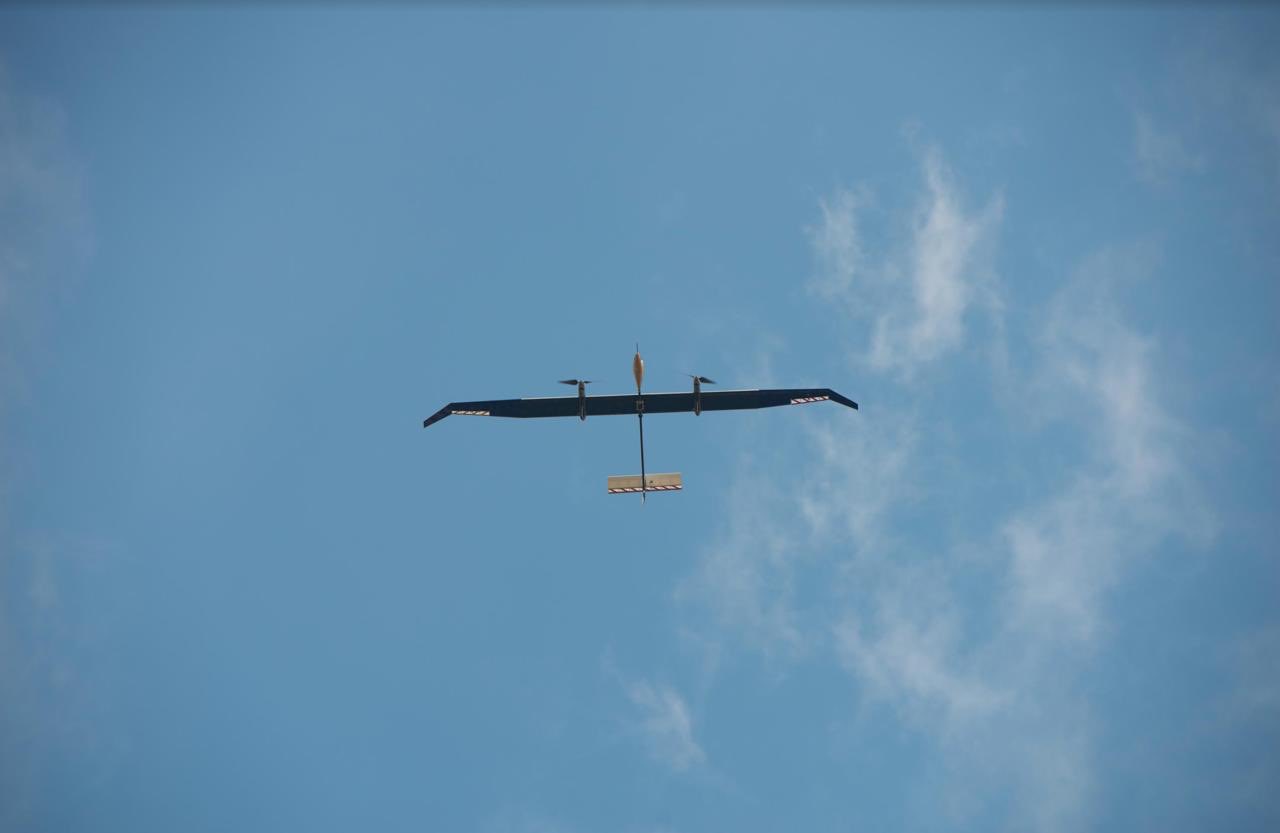SOURCE: AFI

The Indian military is poised to embrace a revolutionary technology – High-Altitude Platforms (HAPs) – that promises to transform its surveillance capabilities. These long-endurance, unmanned aerial vehicles (UAVs) offer significant advantages over traditional aircraft and satellites, making them a game-changer for border security and maritime domain awareness.
Leading the charge is the Indian Navy, which has already signed a contract with NewSpace Research & Technologies Pvt. Ltd. for the development of HAPs specifically designed for monitoring the vast expanse of the Indian Ocean Region (IOR). These next-generation platforms boast an impressive 60-day airborne endurance, a stark contrast to the limited flight times of conventional aircraft and drones.
Traditional surveillance methods like satellites and patrol aircraft have limitations. Satellites can be expensive and revisit times can be long. Patrol aircraft require frequent refueling, limiting their operational scope.
HAPs offer a compelling alternative with Real-time monitoring of maritime activity, including potential threats like piracy, illegal fishing, and smuggling. HAPs also offers Faster identification and tracking of suspicious vessels, allowing for quicker deployment of naval assets for interception. when Compared to deploying manned aircraft or patrol vessels, HAPs offer a more cost-effective solution for sustained surveillance.
HAPs can also provide persistent aerial coverage over strategic areas, offering a comprehensive view of the battlefield. Their high altitude makes them ideal for relaying communication signals over long distances, extending the reach of existing networks and so out of range for many of the air defence systems since it can work at over 55000ft altitudes.